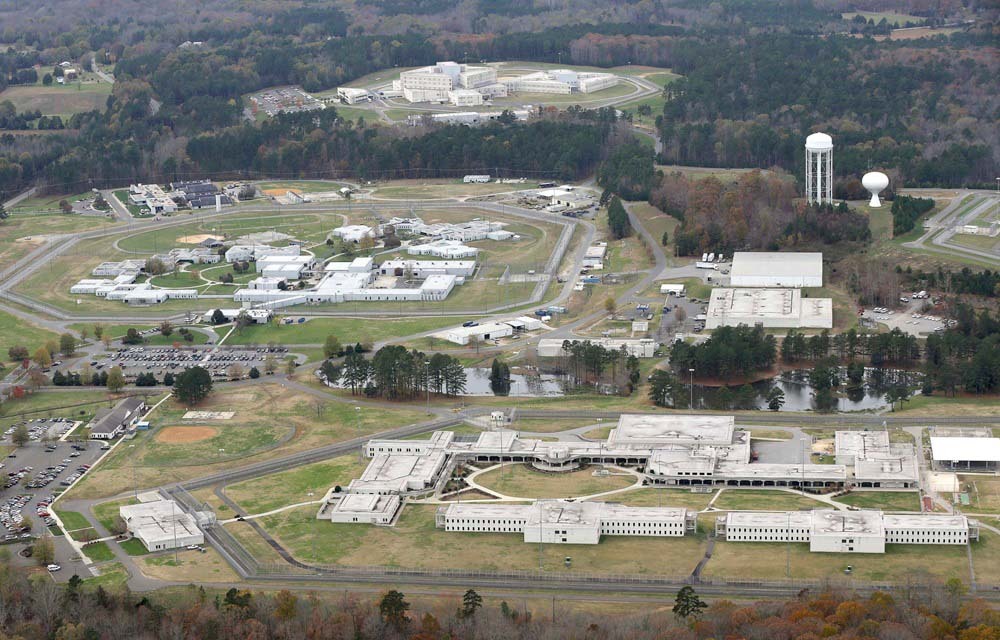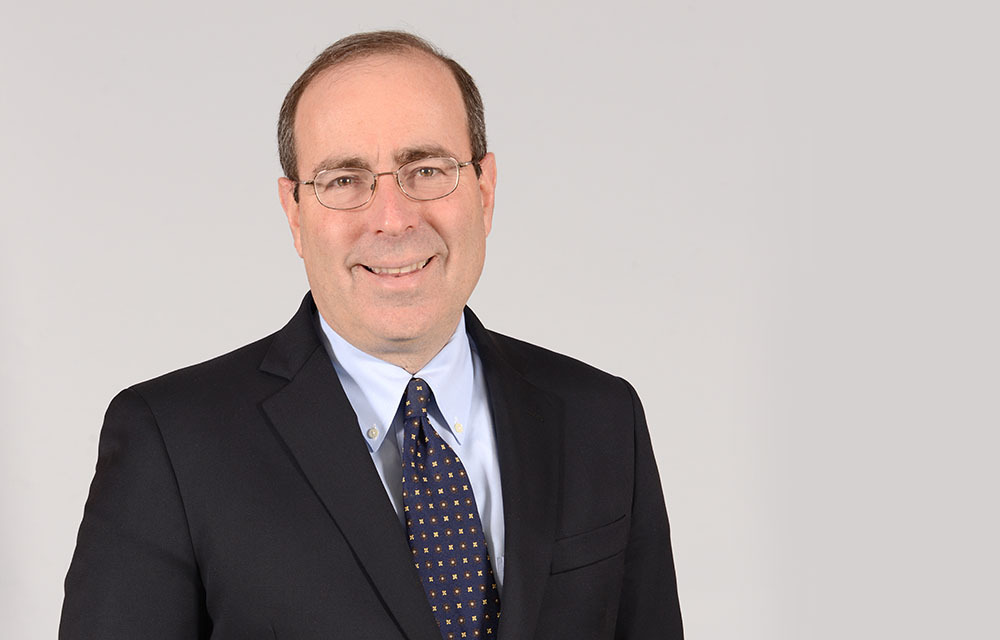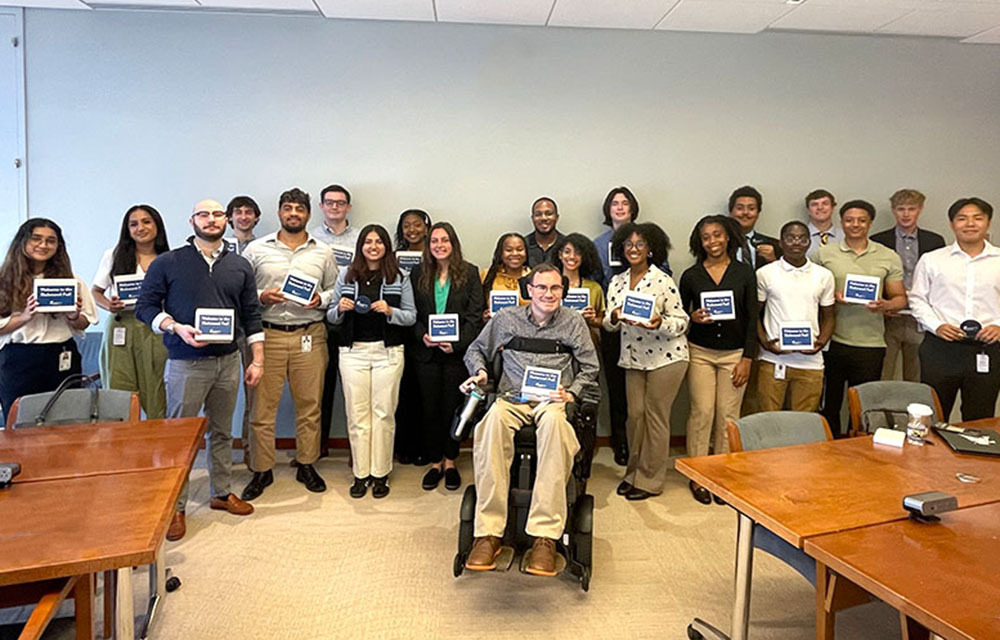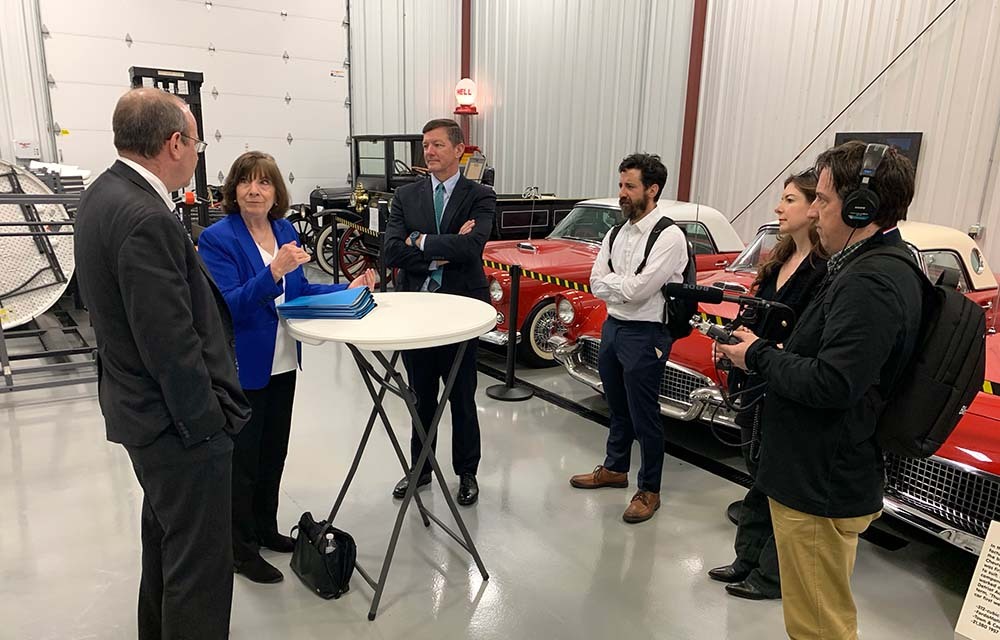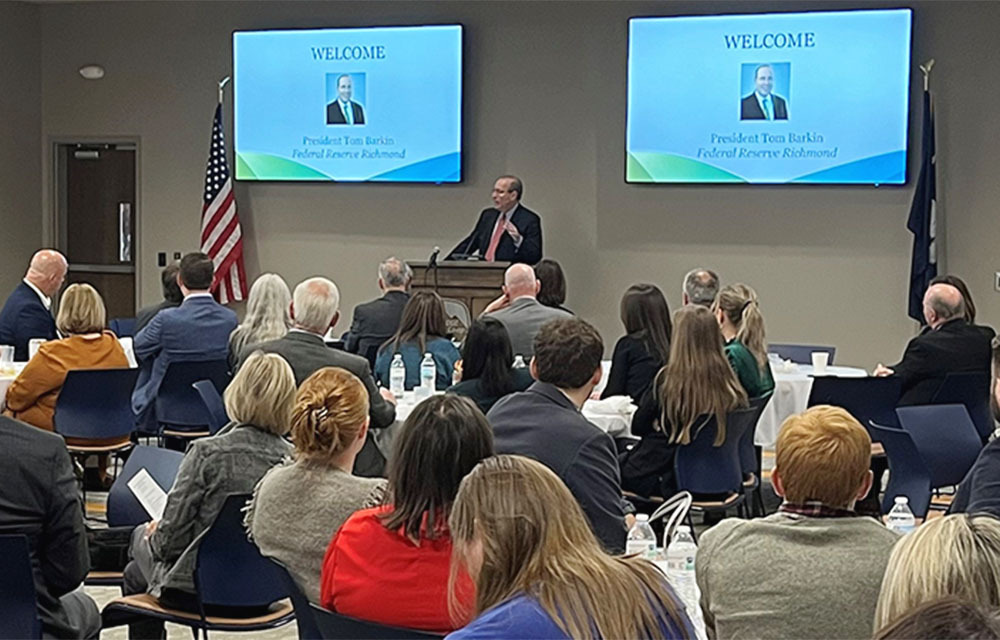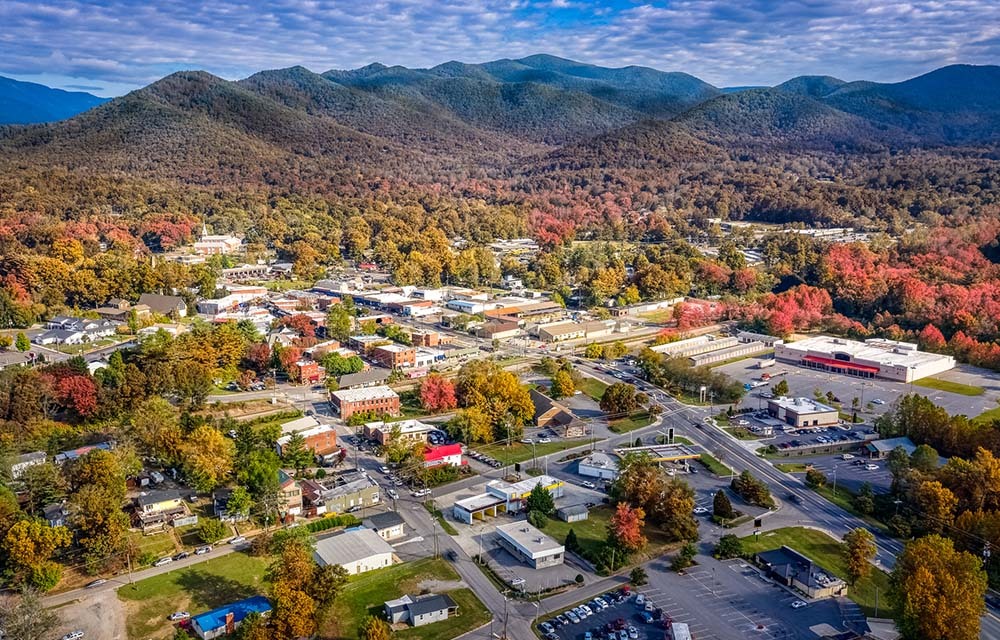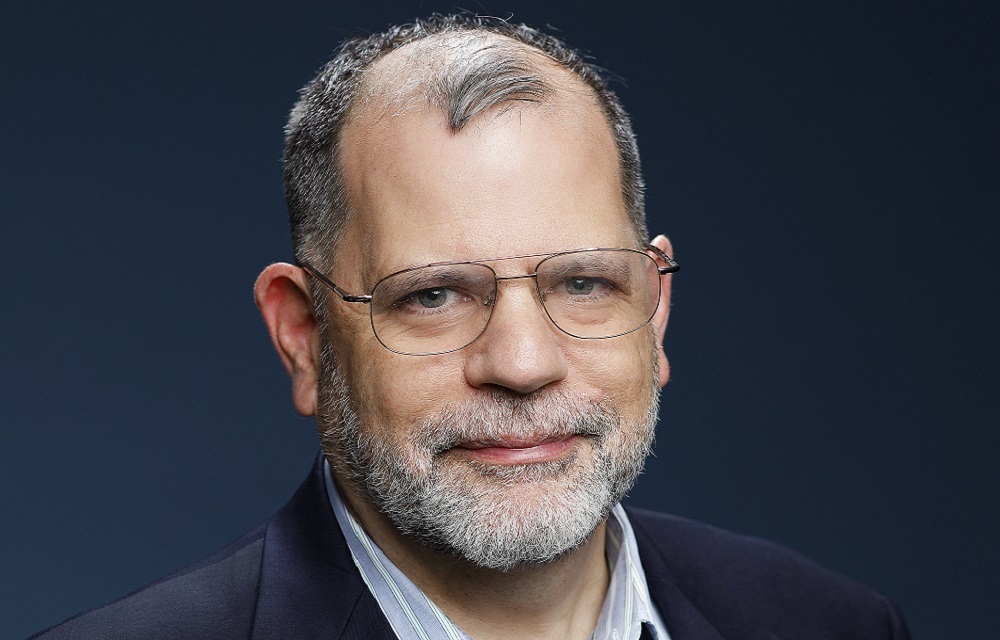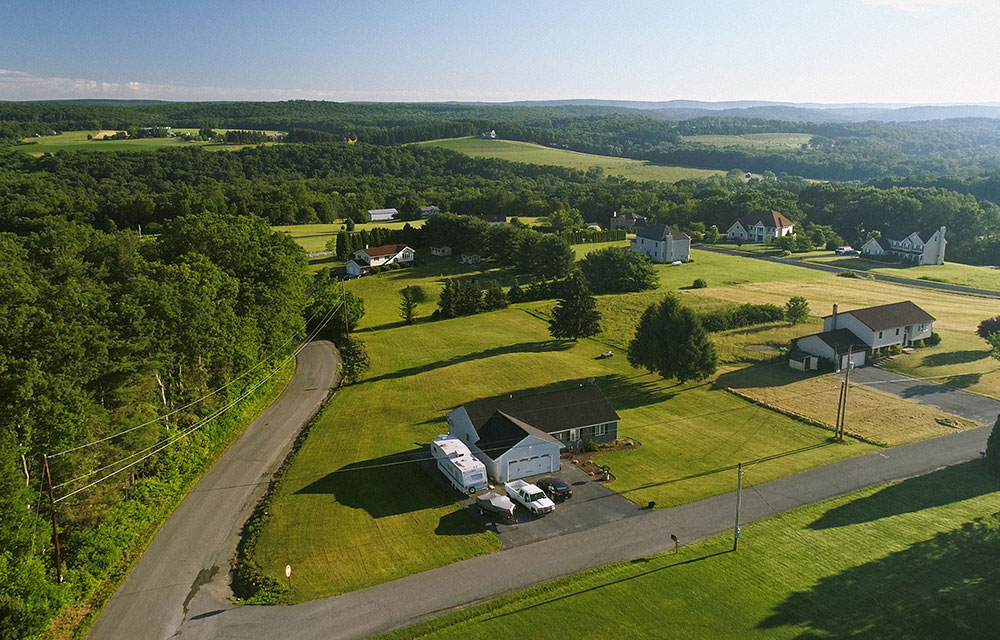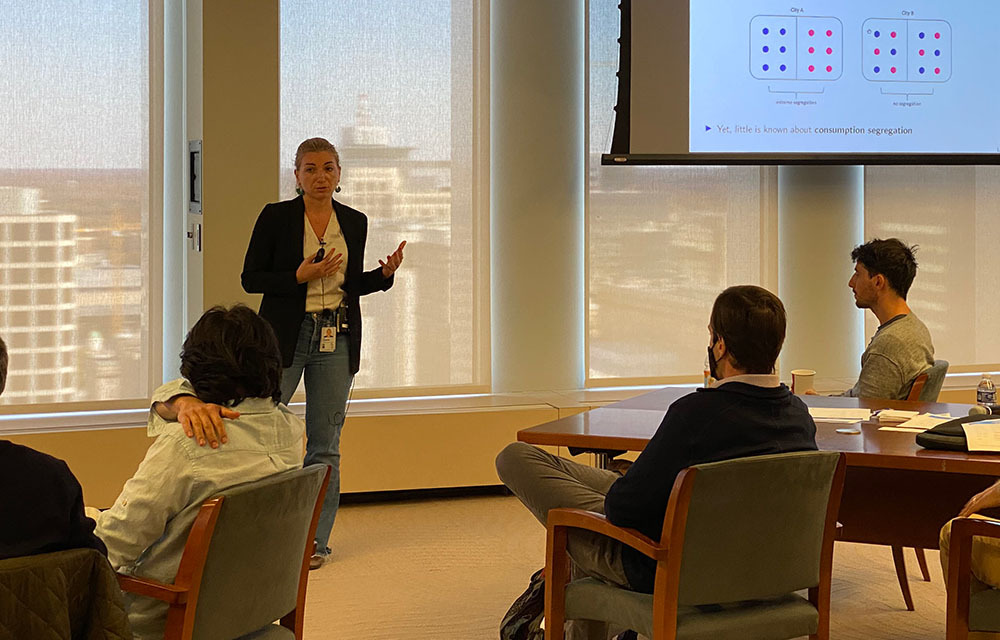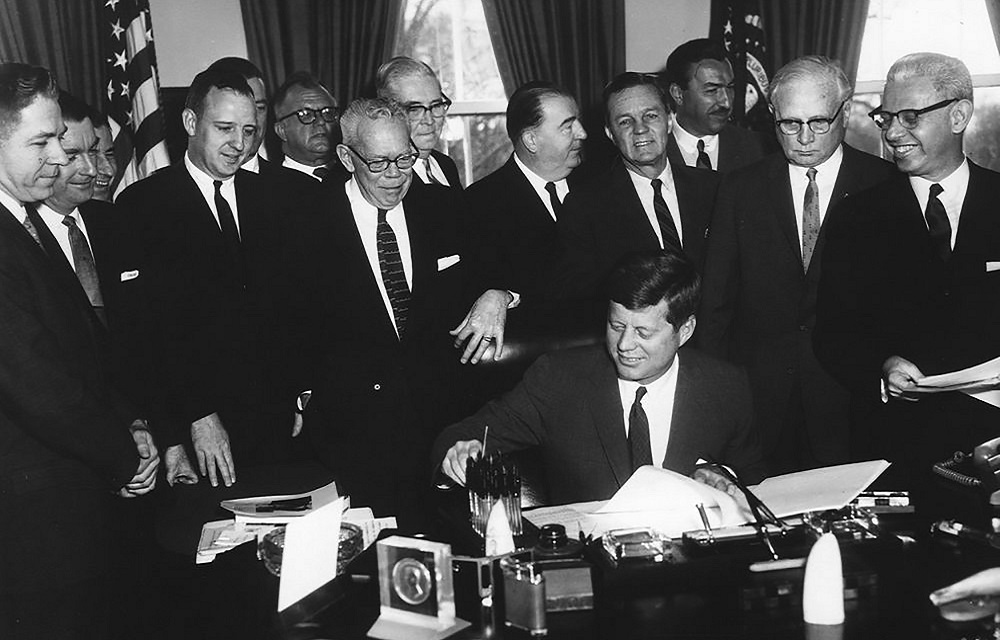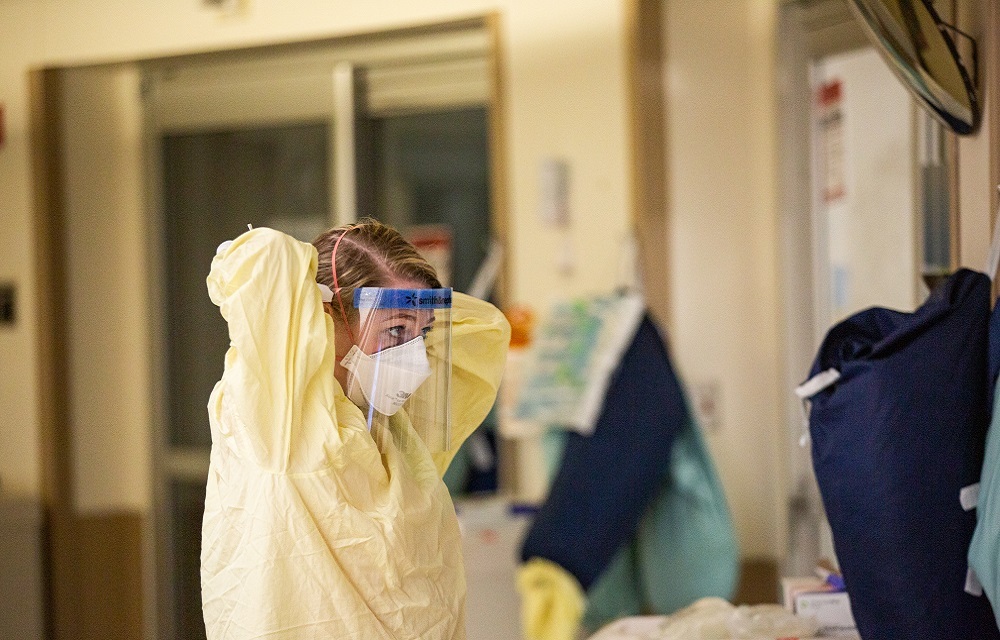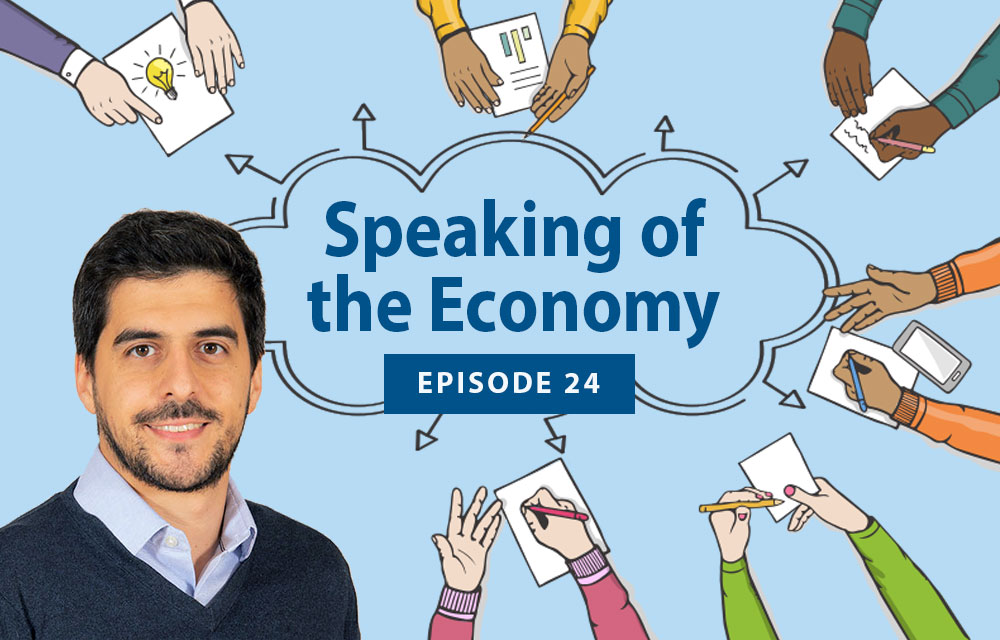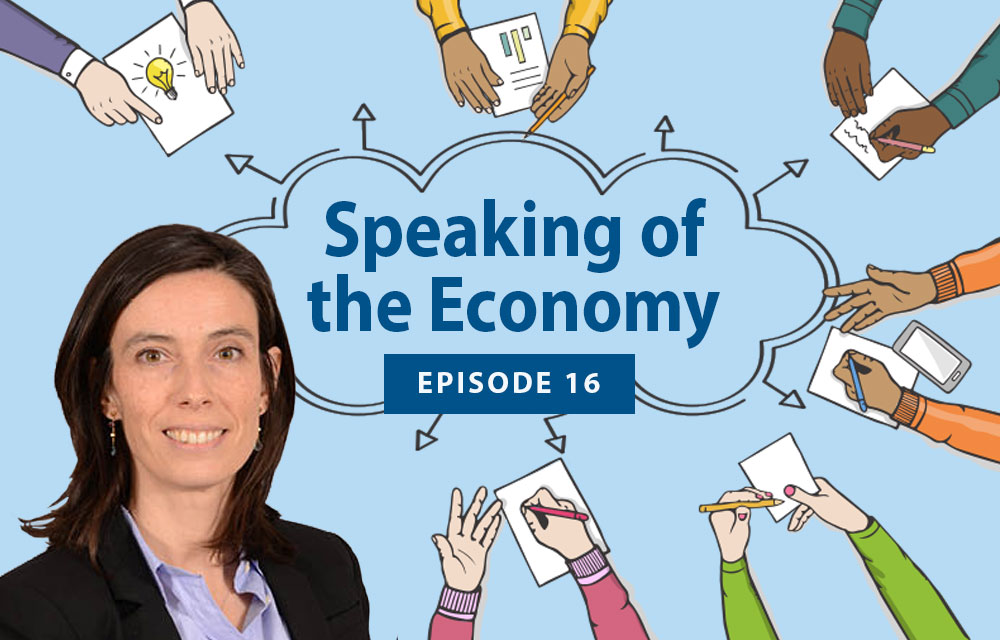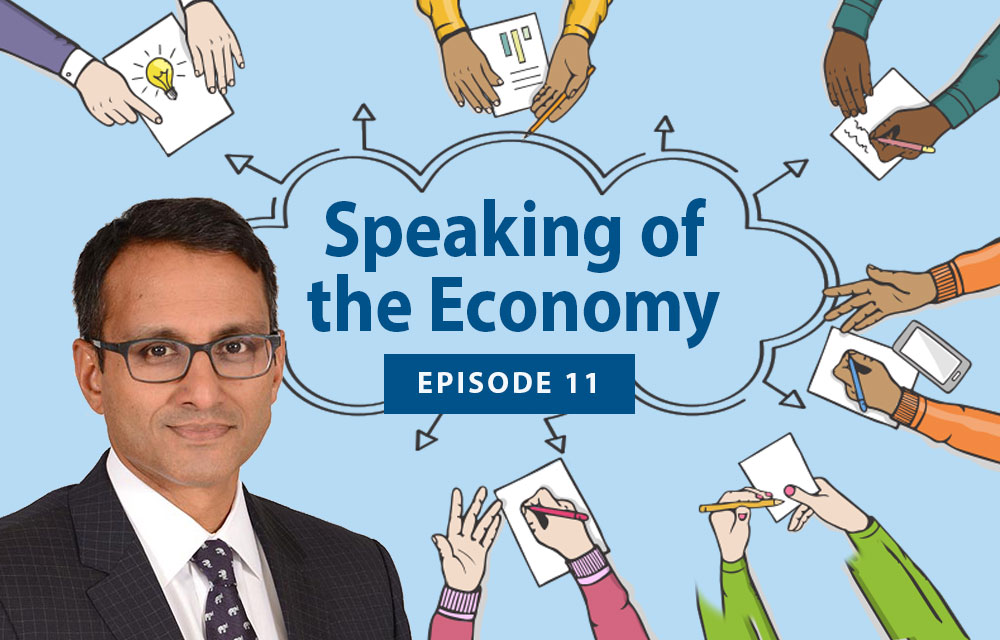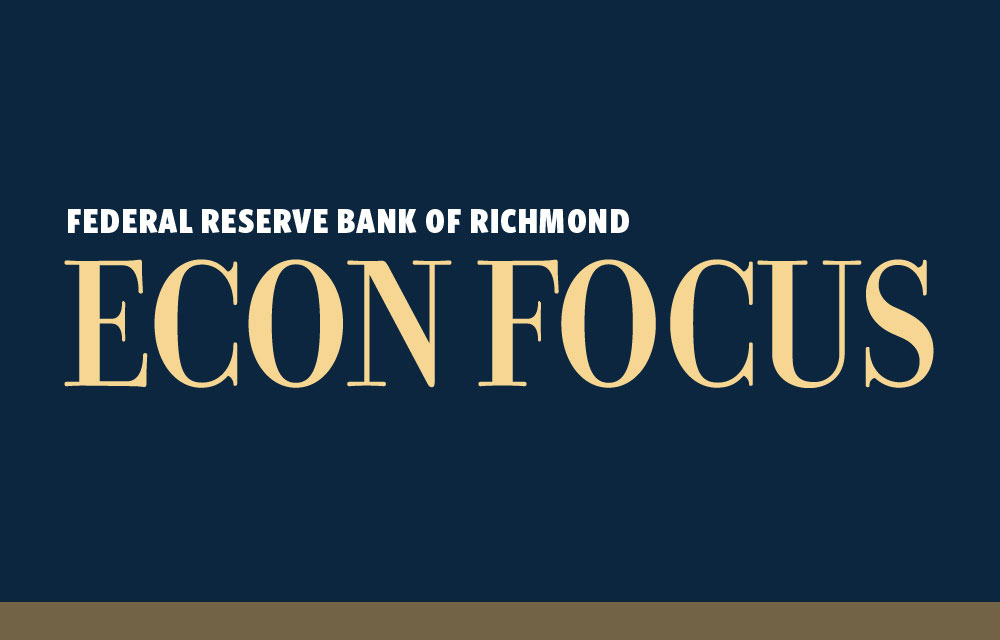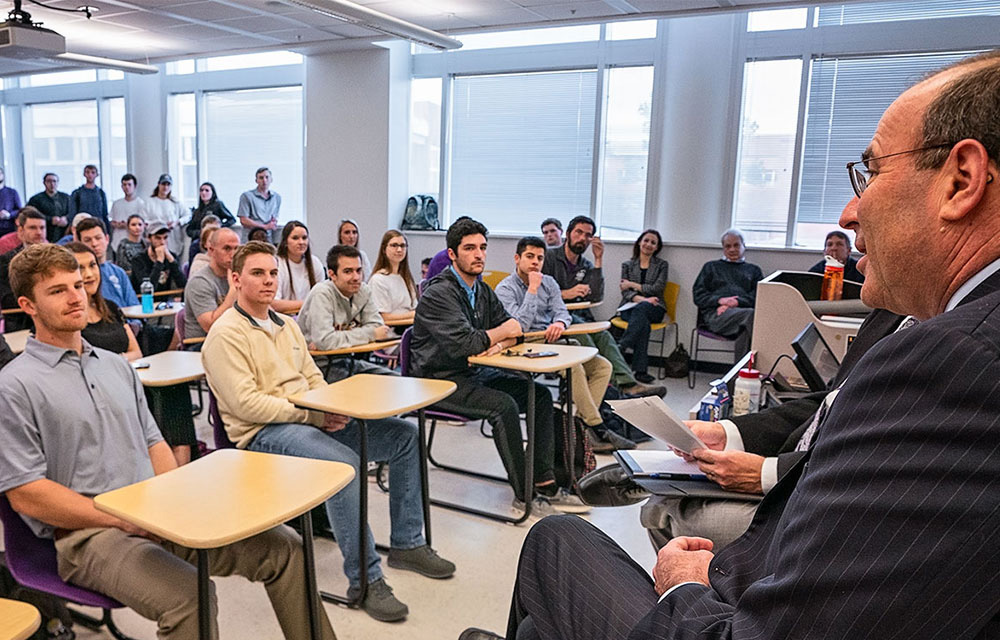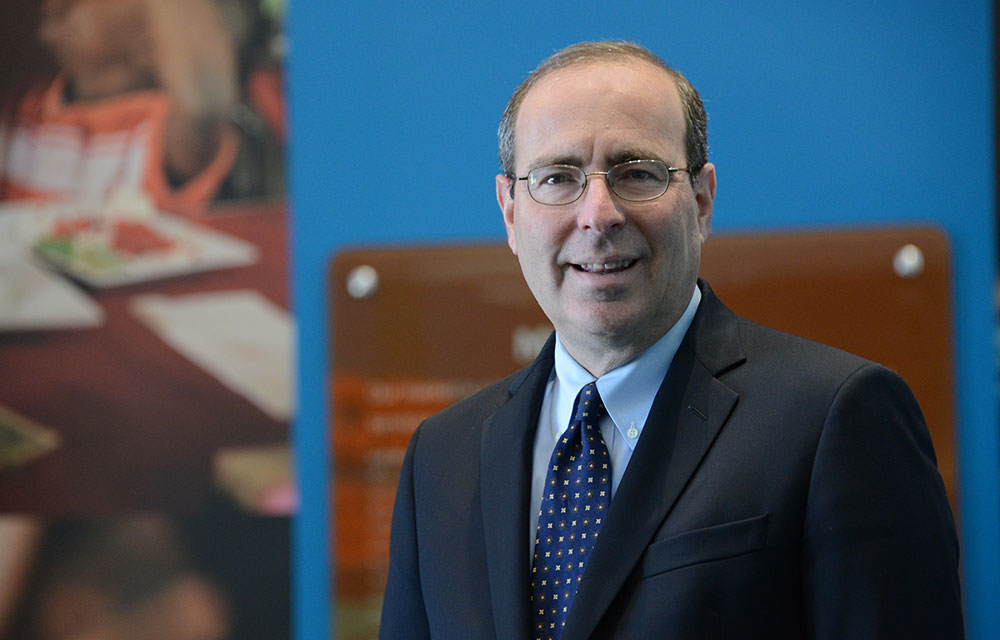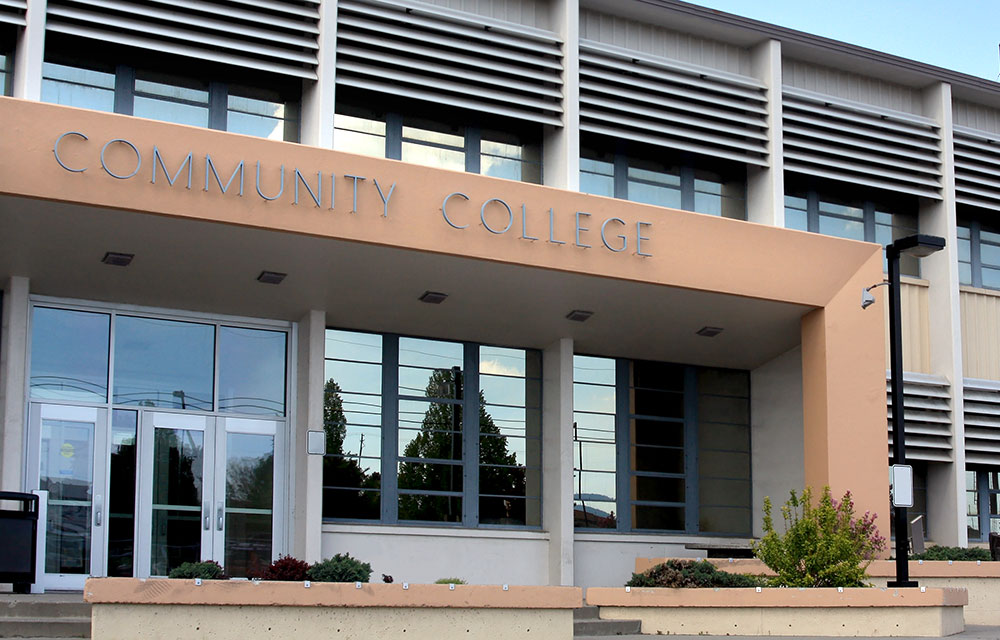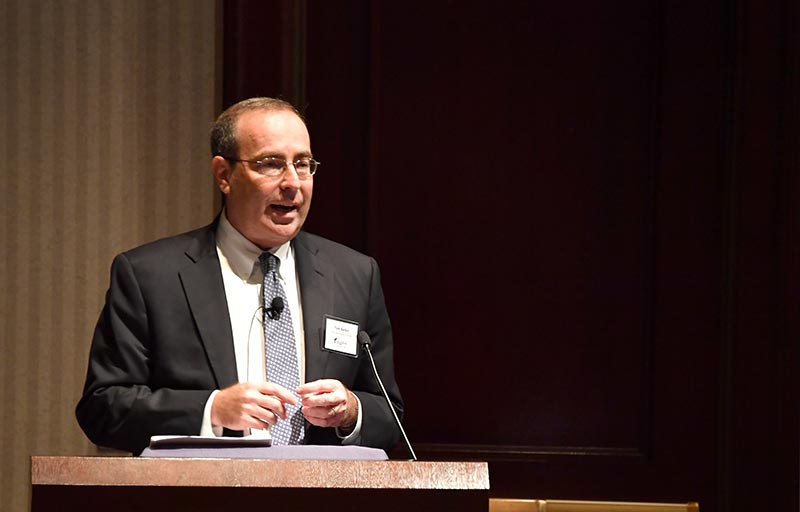Congress' passage of H.R.1 (OBBA) has brought new changes to higher education funding, including the establishment of a Workforce Pell Grant program. What does this mean, and how might agencies, institutions, and students respond?
Workforce Development

We explore the activities, policies and programs aimed at educating and training the workforce, which is key to achieving the Fed's goal of "maximum sustainable employment."
 Updating Results
Updating Results
As the federal government shrinks its payroll, local stakeholders are working to bring displaced employees back into the workforce.
Claudia Macaluso shares what she has learned about young people who are not employed, in school, or undergoing training, and what potential interventions could bring these disconnected youth into the workforce. Macaluso is a senior research economist at the Federal Reserve Bank of Richmond.
In 2024, a significant number (12 percent) of 16-24 year olds were classified as "NEET" (not in employment, education or training).
Stephanie Norris and Matthew Wells discuss their recent research on workforce development programs at community colleges that are aimed at helping the incarcerated re-enter the workforce after they are released. Norris is a senior research analyst and Wells is a senior economics writer, both at the Federal Reserve Bank of Richmond.
Programs within and outside prison walls provide opportunities for a new beginning.
Growing demand for carbon-free energy has put nuclear back in the spotlight, but hurdles to new development remain.
The Survey of Community College Outcomes aims to capture the positive outcomes and critical role community colleges play in the workforce development needs of their communities.
Tom Barkin
President and Chief Executive Officer
People change jobs over time, but they are likely to remain in the industries that are most highly tied to their initial fields of study.
Joseph Mengedoth
Regional Economist
A sneak peek at results provides some insights on what makes a community college successful, often influenced by the types of students they serve and their local workforce development needs.
While closing the gap is difficult to tackle directly through policy, there are potential avenues for policymakers to help.
Peru shows that a brisk pace of job reallocation has the potential to significantly inhibit occupational skill specialization, potentially contributing to human capital and productivity deficits.
Andrea Atencio De Leon, Munseob Lee and Claudia Macaluso
David Cox, Adin Hammond and Tyrese Wheaton describe their summer at the Federal Reserve Bank of Richmond interning in three different departments.
In April, President Tom Barkin, Regional Executive Matt Martin and Regional Economist Laura Ullrich met with local community and business leaders in North Carolina's Surry and Yadkin counties to gain a fuller understanding of the economic strengths and opportunities facing the region as part of the Bank's Community Conversations program.
Richmond Fed economist Nicolas Morales shares his research on immigration policy and how the regulation of the flow of information technology workers from India to the United States during the 1990s benefited both countries' IT sectors.
Workforce development was a major topic of conversation when Matt Martin and Erika Bell recently met with business and community leaders in Pickens County and Oconee County, South Carolina. In this episode, Martin and Bell discussed what they learned during their visit. Two local workforce development leaders — Jeromy Arnett and Ray Farley of Alliance Pickens — also shared their stories.
Community colleges started out as junior colleges and meant to restrict access to higher education. However, they have evolved to increase access to higher education and the workforce.
Laura Dawson Ullrich
Director, Community College Initiative
Firms are planning to maintain or increase their workforce in 2024, despite persistent hiring challenges and a recent downturn in short-run expectations. But how would this change if demand decreased unexpectedly?
Upcoming Event: The general public is invited to join the Richmond Fed on Wednesday, Nov. 15 for an enlightening conversation on the evolving role community colleges play in workforce development. Registration required.
The Federal Reserve Bank of Richmond has developed the Survey of Community College Outcomes to better define student and institution success and to provide insight into the wide variety of programs offered and students served across the Fifth District. After a successful initial pilot in 2022, The Federal Reserve Bank of Richmond moved into an extended pilot phase in 2023. Join Richmond Fed leaders Laura Ullrich and Jason Kosakow, along with two community college administrators, to learn more about the survey and its goals, and to view results from the extended pilot.
Community colleges differ from four-year institutions in important ways, but they are often measured by the same metrics.
Laura Dawson Ullrich
Director, Community College Initiative
Richmond Fed president Tom Barkin and Federal Reserve Board Governor Michelle Bowman will lead a discussion about the lingering impact of the pandemic on the economy and the workforce. The general public is invited to listen in, via livestream, as Barkin, Bowman and several special guests explore the challenges and opportunities that exist as the region served by the Richmond Fed continues the transition to a new normal.
The STEM East initiative aims to show students in eastern North Carolina how they can stay and thrive in their home communities.
Marina Azzimonti and Arantxa Jarque, director and associate director of the Center for Advancing Women in Economics, discuss the Center's recent launch at the Federal Reserve Bank of Richmond and the need for such an organization within the economics profession. Azzimonti is a senior economist and research advisor and Jarque is a senior policy economist at the Richmond Fed.
Understanding and appropriately measuring the role that community colleges play in rural areas is important to how we evaluate policies and funding for workforce and community development throughout the rural Fifth District.
Will the recently enacted CHIPS Act bring major growth to the region's semiconductor industry?
Demand for non-credit programs at community colleges is growing. What does this mean for the future of community college offerings?
Laura Dawson Ullrich
Director, Community College Initiative
Restrictions on immigration could cause production to shift away from the U.S. to other countries.
Aubrey George, Conner Mulloy and Sean McCrary share their experiences as research associates supporting the economists in the Research department at the Federal Reserve Bank of Richmond.
Leveraging some of its natural advantages, Virginia has encouraged the industry's growth through tax incentives and other initiatives. It is now home to hundreds of data centers, many in Northern Virginia's "Data Center Alley."
John Mullin
Sierra Latham and Sarah Gunn discuss the current shortage of teachers nationally and in the Fifth Federal Reserve District, how supply-demand forces have contributed to this labor market gap, and what is happening in response. Latham is a senior research analyst and Gunn is director of economic education at the Federal Reserve Bank of Richmond.
Claudia Macaluso and Sonya Ravindranath Waddell discuss recent challenges in finding and retaining workers, and how businesses have changed their recruitment tactics, adjusted wages, and made other changes in response to these challenges. Macaluso is an economist and Waddell is a vice president and economist at the Federal Reserve Bank of Richmond.
In the past few years, job changing in the United States — workers leaving their current employers for new ones — seems to have been on the rise. This development, often called the "Great Resignation," has attracted much attention, but the reasons behind it are far from clear.
Abhimanyu Banerjee
While more than a third of businesses expect to expand their workforce in the coming year, some firms have started to reduce headcount by not replacing outgoing workers. Most businesses would take that approach, or keep employment steady, if demand softened in the near future.
Joseph Mengedoth
Regional Economist
Pandemic-era unemployment insurance affected recoveries of low-wage job markets and high-wage job markets differently.
Andreas Hornstein, Marios Karabarbounis, André Kurmann and Etienne Lalé
The Recompete Pilot Program intends to boost economic competitiveness in selected underperforming areas by dispersing grants to fund proposed infrastructure, workforce, and business development activities.
Adam Scavette
Regional Economist
Over the past year, firms have had difficulty finding workers. Recent evidence from Fifth District business surveys indicates the difficulty is shifting from lower- to higher-skilled hires.
Nicholas Haltom and Jacob Walker
Labor force participation in Maryland and Virginia is down considerably compared to 2019, but different age and gender groups have fallen out of the labor force in the two states.
Joseph Mengedoth
Regional Economist
The Richmond Fed's Survey of Community College Outcomes presents a new way to measure success that includes previously underrepresented cohorts of students, including those receiving Pell grants.
Laura Dawson Ullrich and Jacob Walker
States and school districts are using a variety of policies — including financial incentives — to try to combat a teacher shortage.
States and communities are looking for remote workers as sources of economic growth. Is offering them cash and other perks a promising model of economic development?
A brief review of the development of the Hornstein-Kudlyak-Lange Non-Employment Index, an alternative to the standard unemployment rate that includes all non-employed individuals and accounts for persistent differences in their labor market attachment.
John Mullin
There can be high returns to earning an economics degree, helping to draw students to the profession.
John Mullin
The elevated number of job openings in recent months have been a very stark signal of labor market tightness. But some signs may be pointing to that tightness starting to ease.
Brennan Merone and John O'Trakoun
How competitive is the U.S. labor market? Answering this question quantitatively is helpful for understanding how wages are affected by labor market power, and thus for understanding how workers will be affected by labor policy choices.
Abhimanyu Banerjee
How many more borrowers working in public services recently became eligible for student loan forgiveness in the Fifth District?
Elizabeth Link, Jessie Romero and Sarah Turner
In a world where employers are struggling to find workers, facilitating meaningful work and competitive pay for previously incarcerated individuals could improve economic outcomes both for the individuals and their communities.
Laura Dawson Ullrich
Director, Community College Initiative
Andreas Hornstein and Thomas Lubik discuss their research on changes in the labor market since the pandemic. Hornstein and Lubik are senior advisors at the Richmond Fed.
Laura Ullrich and Jason Kosakow discuss how community colleges contribute to their local economies, especially rural communities, and how their new survey addresses knowledge gaps about these important contributions. Ullrich is a regional economist based at the Richmond Fed's Charlotte office and Kosakow is the Bank's survey director.
Fewer veterans are using their education benefits. Is this trend a problem — or a sign of a more welcoming job market?
George Mason University economist on credentialism, the new math of causation, and the lasting economic influence of youthful experiences.
David A. Price
When immigration is restricted in rural areas, native workers don't seem to fill the jobs left empty.
Kelly Bowers, economic development director for Hertford County, N.C., discusses the challenges and opportunities facing her community. She highlights the importance of collaboration across state lines and the need for infrastructure such as broadband and affordable housing to support growth.
This new system for measuring community college outcomes better reflects how the institutions are serving their students and communities than current data collection methods.
Unlike in other recessions, women's labor force participation was impacted more than men's. What impact did child care have?
Arantxa Jarque and Daniela Scidá share the challenges faced by women in the economics profession and the progress that the Federal Reserve Bank of Richmond has made in addressing them. Jarque is a senior policy economist in the Richmond Fed's Research department and Scida is a financial economist and manager in the Bank's Quantitative Supervision and Research group.
The unemployment rate is close to pre-pandemic lows, and job openings are at record highs. Yet, participation and employment rates are still below pre-pandemic levels.
In our March business survey, we found that firms continue to struggle finding workers across skill levels, particularly in the low- to mid-skill range.
Revised historical monthly employment and unemployment data provide new clarity on the track of labor market recovery in Fifth District states.
Nicholas Haltom and Jacob Walker
Renee Haltom, vice president and regional executive, reflects on key insights from the District Dialogues event held Feb. 8, 2022. The discussion focused on changes in the nature of work, the workforce and the skills needed, and how workers and employers are responding.
Entrepreneurship creates many local benefits, but starting a new business in rural places can be challenging
Federal job training programs have long enjoyed bipartisan support. Yet their emphasis has varied greatly across the years.
John Mullin
The pandemic has worsened a long-standing national shortage of nurses. Rural communities face the greatest challenges.
Remote work options seem to go hand in hand with greater geographic reach in recruitment efforts for some firms.
Steven J Davis, Claudia Macaluso and Sonya Ravindranath Waddell
For the 50th episode of the podcast, hosts Jessie Romero, Charles Gerena and Tim Sablik use previous episodes to explore how labor markets are shaped by the economic choices we make throughout our lifetimes, from childhood to adulthood to old age.
Mary Ann Gilmer of Goodwill Industries of the Valleys discusses the nonprofit's training program for healthcare workers and the importance of this work in rural communities, especially during the COVID-19 pandemic. Gilmer is chief strategy and people officer at Goodwill.
Mark Bils of the University of Rochester and Niklas Engbom of New York University discuss their research on how easily labor is substituted or shifted between jobs and its implications for policies to bolster human capital.
Will four-year degrees become less of a gateway for high-paying jobs? Should they?
Neeraja Deshpande
Government transfers may allow households to pull back from work to take care of loved ones or engage in other valued activities.
Maia Linask and Tatyana Avilova share their career journeys in the field of economics and discuss what motivated them to organize the Diverse Economics Conference this November.
The labor force was pushed into a massive remote work experiment in 2020. What are employers in the Fifth District planning, and what challenges do they anticipate?
Sonya Ravindranath Waddell
Vice President
This post explores lagged recovery in labor force participation for Black and Hispanic women that started at the onset of the COVID-19 recession.
Katie Daniluk and Sierra Stoney
Focusing on a complete household's needs, Garrett County Community Action Committee's integrated "2Gen approach" links children to high-quality early education and their parents to services that build financial security.
Peter M. Dolkart
Community Development Regional Manager
President Tom Barkin discusses how employers might change their hiring practices to bring more people into the labor market as the recovery continues.
Tom Barkin
President, Federal Reserve Bank of Richmond
Sonya Waddell and Andy Bauer discuss the history of telework and the future implications of alternative work arrangements in light of the COVID-19 pandemic.
The number of people working from home increased substantially in 2020, as many employers changed their work arrangements in response to the COVID-19 pandemic.
Andreas Hornstein
(Emeritus)
Vance-Granville Community College's early college high schools and workforce programs are improving education and job opportunities for area residents.
Laura Dawson Ullrich and Lucas Moyon
Nicolas Morales discusses the interplay between immigrants and native-born workers in labor markets and how immigration can contribute to U.S. productivity.
Andy Bauer discusses West Virginia's progress in recovering from the economic downturn during the COVID-19 pandemic.
Community college enrollment declined significantly across the country in fall 2020, breaking the typical pattern of increased enrollment during a recession.
Roisin McCord and Laura Dawson Ullrich
Over the past 50 years, male labor force participation in the U.S. has fallen over 10 percentage points. What are the factors behind this decline?
Laura Dawson Ullrich
Director, Community College Initiative
In Fifth District states, as in most of the nation, spending appears to be falling short of what is required to support students most in need.
Nicholas Haltom
Senior Manager
Surveyed firms shared how the balance of remote versus in-office work has shifted in the past year and what changes they anticipate in the future.
Roisin McCord
Senior policy economist Arantxa Jarque discusses the importance of having diverse voices represented at the Federal Reserve and in the economics profession in general.
Claudia Macaluso looks at the history of the United States' welfare system and its effectiveness in combating poverty during recessions and the recent pandemic.
Research finds that first-time incarceration can decrease men's lifetime earnings as well as increase the number of years spent unemployed or out of the labor force.
Amid the COVID-19 pandemic, public school enrollment has decreased overall and across racial groups, with the steepest declines in grades Pre-K through elementary.
Hailey Phelps
High labor market churn in the COVID-19 recession may exacerbate barriers to sustained wage growth for workers in high-turnover service sector jobs.
Labor force participation took a big hit from the pandemic. How then should we interpret states' reported unemployment rates?
Nicholas Haltom and Sonya Ravindranath Waddell
Educational attainment has increased across the Fifth District, but there are large geographic and racial disparities, according to the 2019 American Community Survey estimates.
Jacob Crouse
Kartik Athreya shares his experiences on the Back to Work Virginia Task Force, which is developing policies and practices for strengthening the child care industry.
The most recent stimulus bill extends many 2020 changes to the unemployment insurance program but reduces the supplement to weekly benefits.
The number of women in economics decreases at every professional step, starting at the undergraduate level.
Hailey Phelps
Tom Barkin travelled to Hickory, N.C. to take part in a video roundtable with industry leaders. These included five area furniture manufacturing companies, textile suppliers and more.
Tom Barkin
President and Chief Executive Officer
Tiffany Hollin-Wright and Erika Bell explain "benefits cliffs" ― when workers receiving public assistance earn a raise and then are disqualified from receiving government help.
Matt Martin provides his take on the tumultuous year that was 2020 and how it impacted economic conditions in North Carolina and South Carolina.
Alex Marré discusses the ongoing challenges of bringing broadband Internet service to everyone who needs it.
Job postings, employment by income level, and business formation data tells the story of labor market activity during the economic downturn caused by COVID-19.
Jacob Crouse
Richmond Fed president Tom Barkin discusses how community colleges can help workers affected by COVID-19 job loss.
Tom Barkin
President, Federal Reserve Bank of Richmond
Santiago Pinto discusses the potential long-term consequences of disruptions to K-12 education as a result of the COVID-19 pandemic.
Richmond Fed president Tom Barkin spoke about the importance of early childhood education and the health of the child care industry at the VECF/VA Chamber’s 7th Annual Executive Briefing on the Economics of Early Childhood.
Tom Barkin
President, Federal Reserve Bank of Richmond
Traditional employment data are often lagged, so during the COVID-19 pandemic, economists and policymakers shifted to high-frequency data that may better capture rapidly changing conditions.
Joseph Mengedoth
Regional Economist
Do the timing and length of lockdowns explain state-level differences in unemployment?
Marios Karabarbounis, Reiko Laski, James Lee and Nicholas Trachter
Richmond Fed president Tom Barkin discusses the loss of service-industry jobs and the effects on younger workers.
Tom Barkin
President, Federal Reserve Bank of Richmond
Policy changes and the unique nature of the COVID-19 pandemic may impact the way labor market health is evaluated going forward.
Lucas Moyon and Laura Dawson Ullrich
Richmond Fed president Tom Barkin discusses racial inequality in the Fifth District and how the Richmond Fed is working to make a positive difference.
Tom Barkin
President, Federal Reserve Bank of Richmond
COVID-19 has disrupted traditional higher education institutions and is forcing institutions to make substantial changes to their plans for the coming academic year.
Lucas Moyon and Laura Dawson Ullrich
Job postings dropped considerably in the United States and Fifth District in March and April but showed signs of recovery in May.
Surekha Carpenter and Jacob Crouse
Read President Tom Barkin’s new essay on how supporting families and workers supports the economy’s long-term recovery.
Tom Barkin
President, Federal Reserve Bank of Richmond
Disruptions to schooling can have long-term educational and economic effects.
As part of the U.S. response to COVID-19, unemployment insurance recipients are receiving increased weekly payments. For many individuals in the Fifth District, these enhanced unemployment benefits are greater than the wages they earned while at work.
Some schools are offering to buy a share of students' future income in exchange for funding their education.
As the COVID-19 pandemic rapidly rearranges the U.S. labor market, women have been disproportionately affected.
Nina Mantilla
The authors forecast the effects of the COVID-19 pandemic on loan delinquency rates under three scenarios for unemployment and house price movements.
In recent weeks, unemployment insurance claims have hit record numbers. But what exactly do unemployment insurance programs cover? And what roles do states play?
Between mid-March and early April, more than 360,000 Virginians filed for unemployment. What does this mean for employment measures and the state's economy?
Sonya Ravindranath Waddell
Vice President
Community colleges serve a larger share of minority students than public or private four-year schools.
Laura Dawson Ullrich
Director, Community College Initiative
College attainment differs greatly between Fifth District counties, as do unemployment rates and earnings by education level from state to state.
Richmond Fed President Tom Barkin highlighted strategies for drawing people back into the workforce at the Danville Pittsylvania Chamber of Commerce Institute for Advanced Learning & Research.
Tom Barkin
President, Federal Reserve Bank of Richmond
The labor force participation rate varies considerably across Fifth District jurisdictions, from West Virginia's 53.3 percent to the District of Columbia's 70.4 percent. What is driving the differences among jurisdictions?
R. Andrew Bauer
Vice President and Regional Executive
Individuals experience frequent occupational switches during their lifetime, and initial worker characteristics are predictive of future patterns of occupational switching.
Aspen Gorry, Devon Gorry and Nicholas Trachter
The fracking boom might have led workers to forego educational opportunities.
As of December 2018, unemployment rates declined in every county and independent city in the Commonwealth of Virginia from December 2017. But how do the most recent rates compare with previous lows?
Joseph Mengedoth
Regional Economist
Through an empirically-disciplined human capital model, we demonstrate that the value of college varies dramatically across US high school completers.
In 2018, the unemployment rate was at historic lows. Were employers having trouble hiring because there weren't enough workers, or because they had the wrong skills?
Richmond Fed President Tom Barkin delivered remarks to a Federal Reserve conference on minorities in banking.
Tom Barkin
President, Federal Reserve Bank of Richmond
The Richmond Fed looks at the economic impact of the opioid crisis in the Fifth District.
Sonya Ravindranath Waddell
Vice President
The concept of human capital — a person's stock of knowledge and skills that are valued in the labor market — is central to our understanding of education, labor markets, productivity, and economic growth.
David A. Price
When children enter a parent's profession, they probably aren't doing it blindly — they may have smart economic reasons. What's behind this footstep-following phenomenon?
David A. Price
Since 2011, BMW's South Carolina plant has been expanding its apprenticeship program to help grow a tech-savvy workforce.
Helen Fessenden
There are large differences across school districts in enrollment and attendance at high-resource colleges and universities.
Emily E. Cook, Jessie Romero and Sarah Turner
There are 1.8 million heavy truck and tractor-trailer drivers in the United States. Will self-driving trucks soon mean the end of many of those jobs?
David A. Price
Fifth District businesses have expressed concerns over a growing skills mismatch in the local labor force. As a result, some have turned to apprenticeship programs.
Audrey Polk
Why isn't the U.S. producing more college graduates? Two key — and related — factors appear to play a role in college enrollment and completion: socioeconomic status and preparedness, broadly defined to include both academic preparation and the knowledge needed to make informed choices about college.
We document the growth in higher education costs and tuition over the past 50 years.
John Bailey Jones and Fang Yang
A theory of education is built and contrasted empirically to find that (i) option value explains a large part of returns to enrollment, (ii) enrollment in academic two-year colleges is driven by the option to transfer up, and (iii) the value of the stepping stone is small.
Why do kids drop out of high school, and what can be done to help them finish?
Minorities are less likely to climb the economic ladder than whites. Access to high-quality early childhood education plays an important role.
This paper shows that dispersion in the likelihood of college noncompletion, and to a lesser extent risks to earnings over the life cycle, may strongly limit the response of aggregate human capital investment to further increases in the U.S. college earnings premium.
Kartik B. Athreya and Janice Eberly







